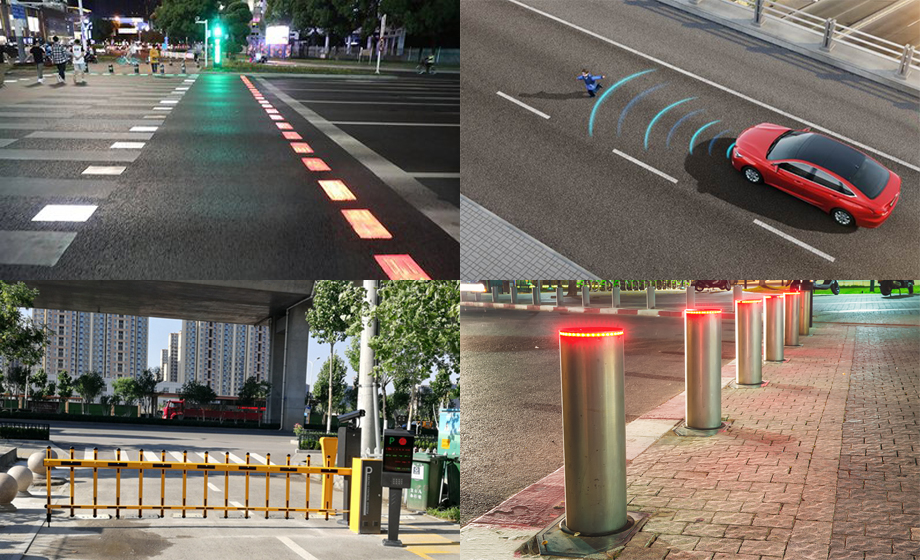Presence induction millimeter wave radar sensor is used in security warning, radar, is the transliteration of English Radar, derived from the abbreviation of radiodetectionandranging, which means "radio detection and ranging", that is to say, using radio methods to find targets and determine their spatial position . Therefore, radar is also called "radiolocation". The radar uses electromagnetic waves with operating frequencies of 0.3 to 300 GHz and wavelengths of 1 mm to 10 cm to detect electronic equipment between targets. The radar emits electromagnetic waves to irradiate the target and receives its echoes, so as to obtain information such as the distance, distance change rate (radial velocity), azimuth, and altitude between the target and the electromagnetic wave emission point.

With the development and progress of radar technology, presence-sensing millimeter-wave radar sensors have begun to be used in civil fields such as intelligent traffic management, road safety early warning, and automotive electronics detection. It has the following advantages in intelligent traffic management and road safety early warning applications:
1. High precision and high resolution
Range resolution refers to the radar's ability to distinguish two adjacent objects. The higher the resolution, the smaller the minimum distance that can be recognized. Range resolution increases with bandwidth. The ISM band at 24GHz has a bandwidth of 200MHz, and the SRR band at 77GHz provides up to 4GHz of scan bandwidth. Therefore, compared with the 24GHz radar, the 77GHz radar has higher ranging accuracy and can be better applied to high-precision scenarios.
2. Multi-lane multi-target
The array radar antenna is used to detect and track multiple targets in real time, and the vehicle position, speed, and direction of movement are detected at the same time. Combined with the advanced radar target tracking algorithm, the speed, ranging and angle measurement of multiple targets can be measured simultaneously, and recorded in real time. and track its trajectory.
3. Anti-interference and low false alarm
The presence of inductive millimeter-wave radar sensors is greatly reduced by the possibility of transmitting and receiving target signals through an antenna. In addition, there are many measures to minimize the interference signal entering the receiver. If the antenna gain is increased, the signal-to-noise ratio of the signal received by the radar can be improved; the coverage and scanning area of the antenna beam can be controlled to reduce the radar exposure to jammers; the narrow beam antenna can not only obtain high antenna gain, but also increase the radar distance and improve the energy density. Reduce the impact of ground reflection, reduce multipath errors, and improve tracking accuracy; when using an array receiving antenna, the range and phase of each array unit signal can be adjusted to form the null point of the antenna lobe in multiple interference directions, reducing the intensity of received interference signals.
4. All-weather, all-weather
Due to the physical properties of optics, lidar, infrared, and in extreme weather conditions such as rain, snow, sand and dust, operational reliability can be affected. Presence-sensing millimeter-wave radar sensors can work around the clock, and can provide highly reliable detection even in heavy rain, heavy snow, darkness, air pollution, and other harsh environmental conditions. In addition, high-reliability detection can also be provided. "Seeing through" other solid objects, such as walls, is an ability that lidar and infrared do not have.



